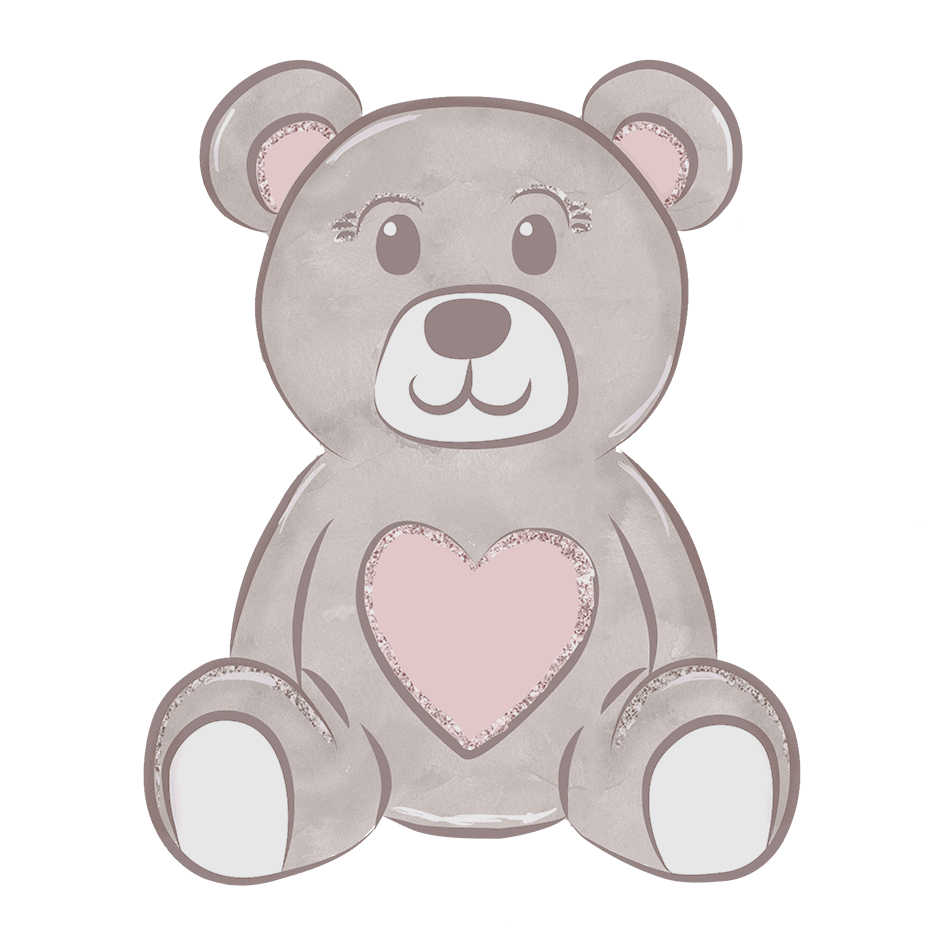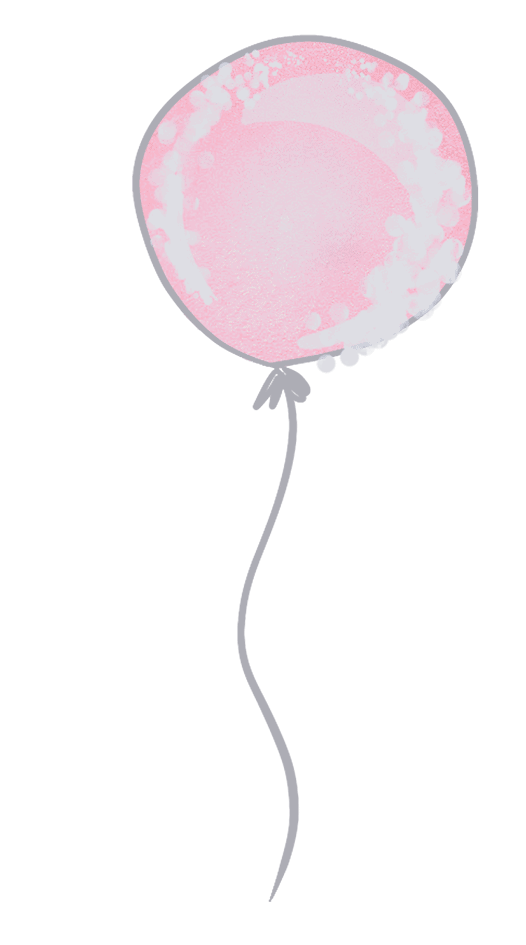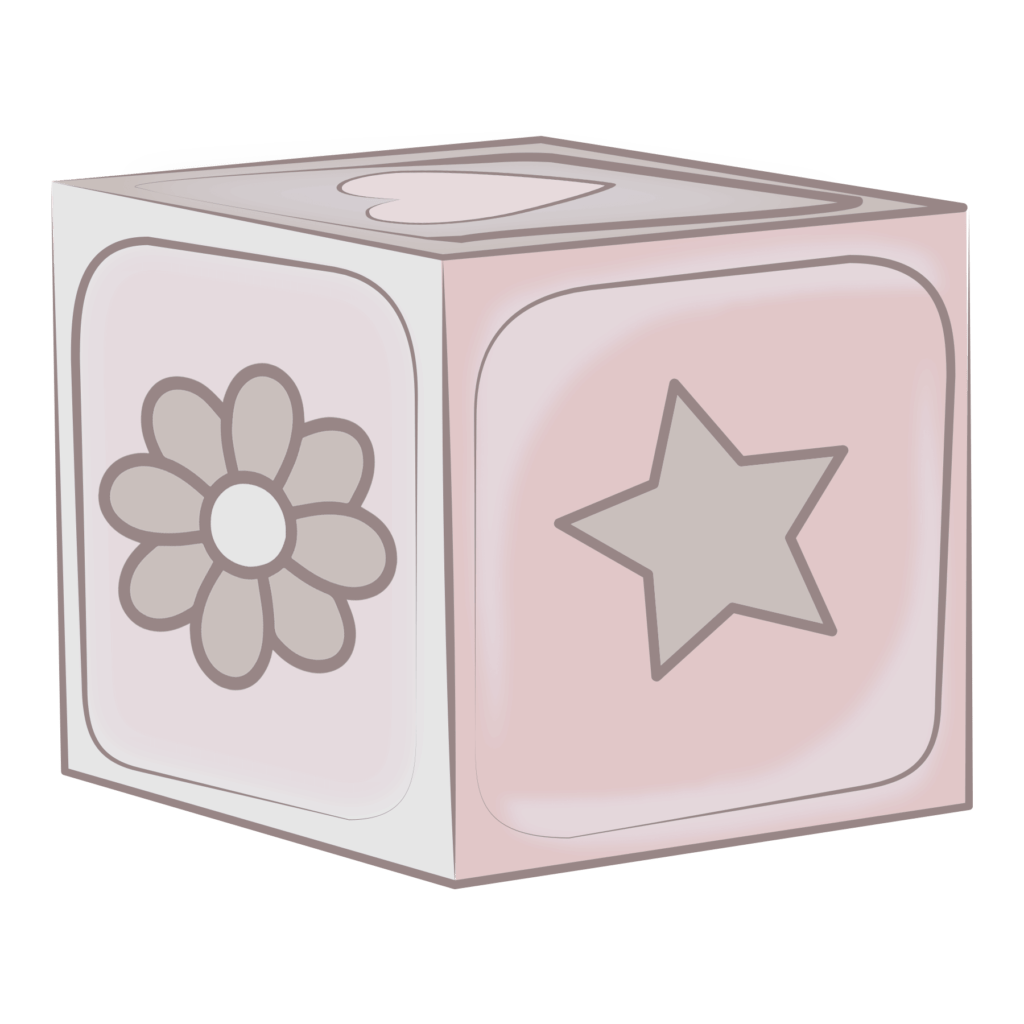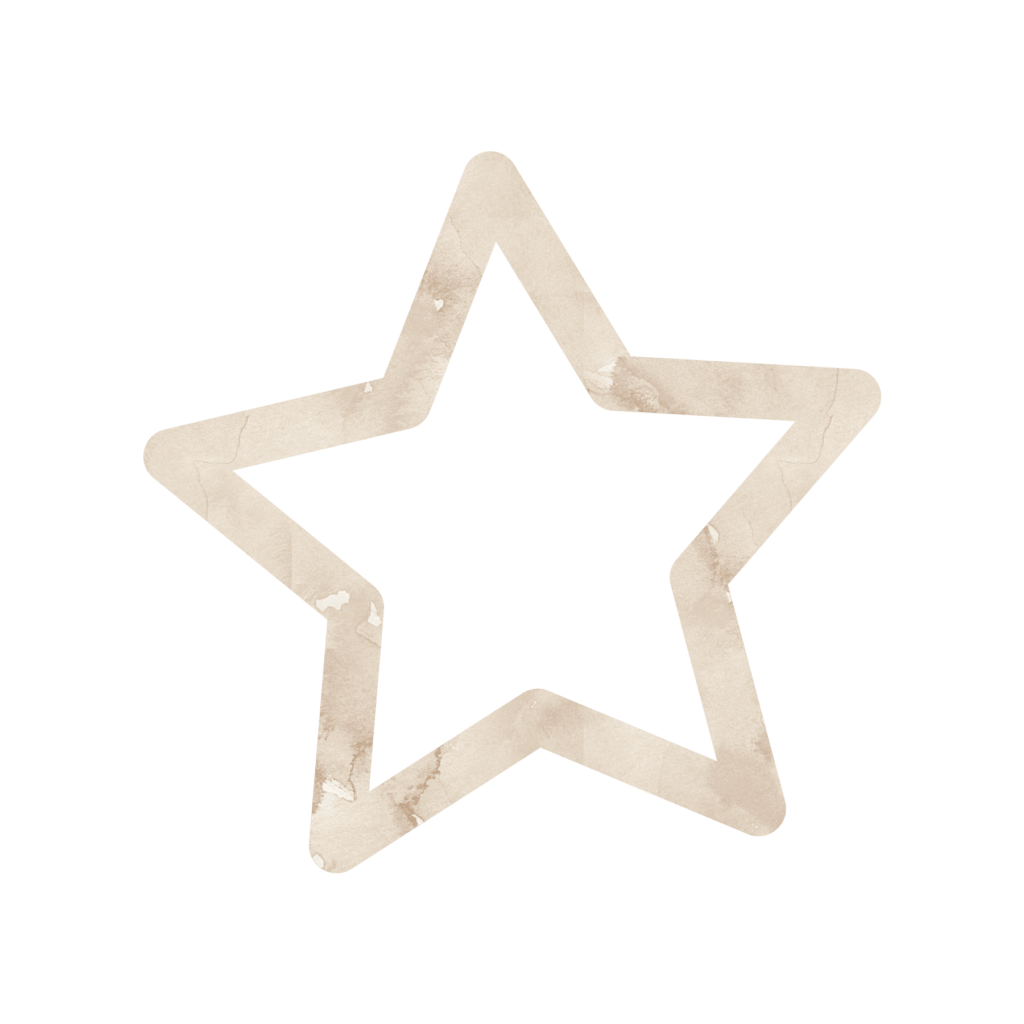



Cloth nappies function through a combination of a waterproof outer layer and absorbent padding, working in harmony to keep your baby dry and comfortable. To begin your cloth nappy journey, consider your preferences – whether you prefer the simplicity of an “all-in-one” style or the versatility of a system with separate nappy shells and absorbent padding.
You can start by exploring our range of reusable nappies, seeking advice from experienced users, and familiarizing yourself with the various options available. This will set you on the path to discovering the perfect cloth nappy solution for you and your little one.
At Ecobub, we understand your concerns – many parents face the same dilemma. The truth is, very few people use cloth diapers 100% of the time, and that’s perfectly okay. We encourage you to start with whatever feels manageable for you, whether it’s using one cloth diaper a day or even a week. Transitioning to cloth diapers doesn’t have to be an all-or-nothing shift, and it certainly doesn’t have to happen overnight. By making small changes, you can still make a big impact – even using one cloth diaper a day can save you from using 365 disposable diapers in a year!
If you need assistance in figuring out the best cloth diapering routine for your family, feel free to reach out – we love discussing cloth and are always ready to help.
Reusable diapers are typically made of natural fibers like cotton, bamboo, hemp, or synthetic materials like microfiber. The outer waterproof layer is often made of polyurethane laminate (PUL) or TPU.
When embarking on a full-time cloth diapering journey, it’s advisable to create a substantial stash of 24 or more cloth diapers. This quantity ensures you have an adequate supply to accommodate your baby’s needs while allowing for the laundry cycle.
Initial Quantity:
You can commence your cloth diaper collection with as little as 3 or 6 diapers. This approach is commonly adopted by parents who initially use a combination of cloth diapers and disposables. As you become more accustomed to cloth diapering, you have the flexibility to expand your stash based on your requirements.
Daily Usage:
On an average day, expect to use between 6 to 10 cloth diapers. Given this usage pattern, many parents opt to do laundry every other day to accumulate enough used diapers for a full machine load.
At Ecobub, we understand the importance of convenience, sustainability, and comfort for both babies and parents. That’s why our cloth diapering solutions are designed to support your parenting journey while promoting eco-friendly practices.
When embarking on a full-time cloth diapering journey, it’s advisable to create a substantial stash of 24 or more cloth diapers. This quantity ensures you have an adequate supply to accommodate your baby’s needs while allowing for the laundry cycle.
Initial Quantity:
You can commence your cloth diaper collection with as little as 3 or 6 diapers. This approach is commonly adopted by parents who initially use a combination of cloth diapers and disposables. As you become more accustomed to cloth diapering, you have the flexibility to expand your stash based on your requirements.
Daily Usage:
On an average day, expect to use between 6 to 10 cloth diapers. Given this usage pattern, many parents opt to do laundry every other day to accumulate enough used diapers for a full machine load.
At Ecobub, we understand the importance of convenience, sustainability, and comfort for both babies and parents. That’s why our cloth diapering solutions are designed to support your parenting journey while promoting eco-friendly practices.
It depends on your preference. With reusable inserts, you can stuff 1 or 2 inserts inside the diaper pocket, or lay one reusable insert on top of the diaper lining.
A disposable insert always goes on top of the diaper lining. You can pair it with a reusable insert inside the pocket for ultimate absorbency.
It depends on your preference. With reusable inserts, you can stuff 1 or 2 inserts inside the diaper pocket, or lay one reusable insert on top of the diaper lining.
A disposable insert always goes on top of the diaper lining. You can pair it with a reusable insert inside the pocket for ultimate absorbency.
The fleece lining of our cloth nappies is skillfully designed to facilitate easy removal of most solid waste. To effectively deal with solid waste, simply shake off as much as possible directly into the toilet, then remove the nappy insert and rinse the nappy under running water or using a diaper sprayer. In cases where residue remains, an old dish brush or silicone spatula can be used for thorough cleaning. For parents of breastfeeding babies, it’s reassuring to know that their baby’s poop is water-soluble, simplifying this step.
Enhanced Cleanup Option:
For added convenience, our disposable liners offer a hassle-free cleanup solution. By placing a liner inside the nappy, solid waste can be easily lifted off during diaper changes. After disposing of the waste in the toilet, the soiled liner can be discarded in the trash, streamlining the cleanup process. It’s important to note that the liner should not be flushed down the toilet.
At Ecobub, we understand the significance of practicality and ease in managing cloth nappies. Our products are thoughtfully designed to simplify the nappy-changing process while promoting sustainable and eco-friendly practices for modern parents.
Solid Waste Removal:
Begin the cleaning process by disposing of solid waste directly into the toilet or utilising a diaper sprayer for effective removal. Subsequently, store the nappies in a moisture-proof wet bag, such as our hanging diaper pail, until laundry day. Before commencing the washing process, remember to remove the inserts from the diaper pocket.
Washing Guidelines:
When it’s time to launder the cloth nappies, opt for a warm wash (max 40°C/104°F) using a full dose of high-quality detergent, without the addition of fabric softener, and ensure ample agitation. Our fabrics are efficiently cleaned at moderate temperatures, eliminating the need for high heat. For a more thorough cleanse, consider running a second wash on cold or warm, once again using a full dose of good-quality detergent. Additionally, you can wash your reusable wipes and wet bag along with your nappies for added convenience.
To dry cloth diapers, we suggest line drying whenever you can as it’s energy-efficient and the sun can naturally “bleach” stains. Alternatively, you can tumble dry the diapers, inserts, wipes, and accessories on a low setting. To save energy, you can also dry your clean diapers in the tumble dryer along with other clothes.
To dry cloth diapers, we suggest line drying whenever you can as it’s energy-efficient and the sun can naturally “bleach” stains. Alternatively, you can tumble dry the diapers, inserts, wipes, and accessories on a low setting. To save energy, you can also dry your clean diapers in the tumble dryer along with other clothes.
We recommend not storing dirty diapers for more than 5 days before washing. It’s best to wait until you have enough for a full load of laundry, as this helps with stain and odor removal. Remember to always remove solids before storing the diapers in a diaper pail. If you pre-soak the diapers in a bucket of water, adding a bit of detergent can assist with stain and odor removal.
To remove stains from cloth diapers, especially Ecobub reusable nappies, “sunning” your washed diapers and inserts can help naturally “bleach” the stains using UV rays. If sun-bleaching isn’t an option, consider a deep-clean with non-chlorine bleach (rinse thoroughly) or a detergent containing oxygenated bleach. Alternatively, you can spot-treat stains with a mixture of detergent + water or use a stain remover. Remember to wash the nappies after spot-treatment.
Our Newborn Cloth Diapers were specially designed for newborn babies (0 – 4 months) and preemies. While our One Size Diapers fit most newborns, some parents prefer the trim look and fit of the newborn diapers until their babies get a little bit bigger.
If the diapers are too big, you can adjust the fit using the snaps or hook-and-loop closures. If they are too small, it may be time to move up to the next size.
Most cloth diapers come with adjustable snaps or hook-and-loop closures to accommodate a growing baby. These can be adjusted to fit snugly at the waist and thighs.
A well-fitting cloth diaper should be snug around the waist and thighs without leaving red marks or causing discomfort to the baby.
Yes, many parents find that cloth diapers are suitable for babies with sensitive skin, as they are made of breathable materials and can be paired with natural fiber inserts.
Some cloth diaper brands offer one-size diapers that can fit babies from birth to potty training, while others offer larger sizes for toddlers and older children.
Yes, the adjustable nature of many cloth diapers allows them to fit babies of various body shapes. Additionally, there are specialty diapers designed for particularly slim or chubby babies.
Strip the nappies by washing them with hot water and no detergent, followed by additional rinses, to remove any buildup causing the odour.
Buildup from detergents, fabric softeners, or diaper creams can cause repelling. Strip the diapers and adjust the wash routine to prevent future buildup.
We offer standard and express shipping options for deliveries within Australia.
Shipping times vary depending on the location, but standard shipping usually takes 2-5 business days, while express shipping takes 1-2 business days.
We offer free standard shipping for orders above $100 within Australia.




Stay informed of any upcoming sales and promotions

Brisbane, Qld 4511

